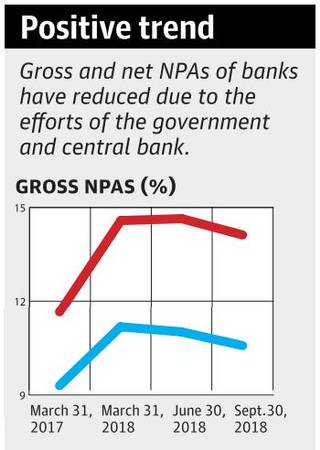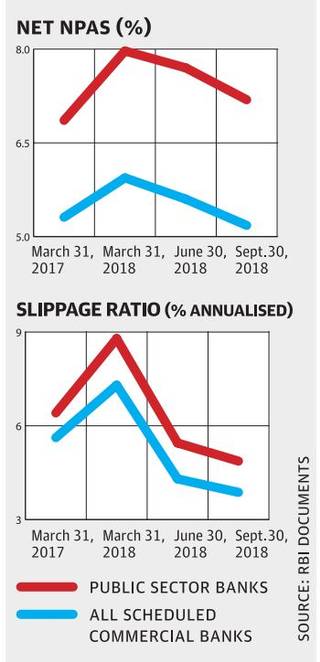7667766266
enquiry@shankarias.in
Why in news?
The RBI recently made its submissions to the Standing committee on Finance to brief on the state of the economy.
What are the submissions made?


What is the stand of the RBI Governor?
What should be done?
Source: The Hindu